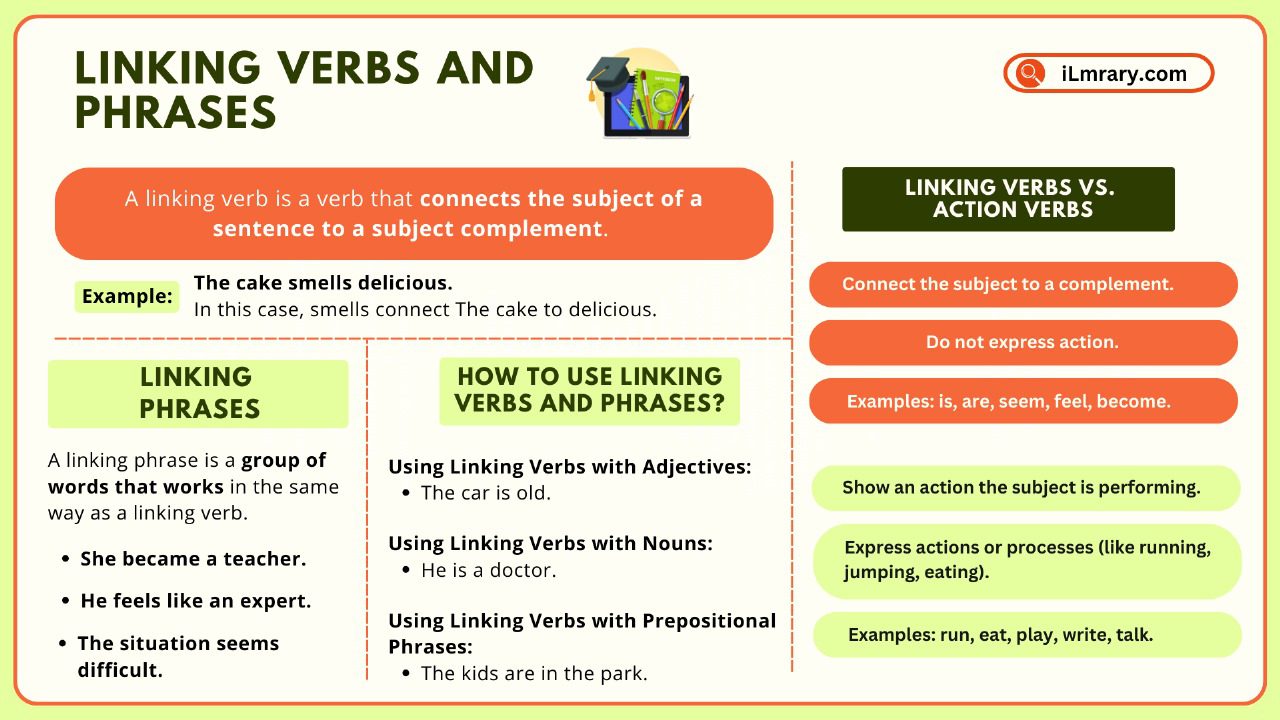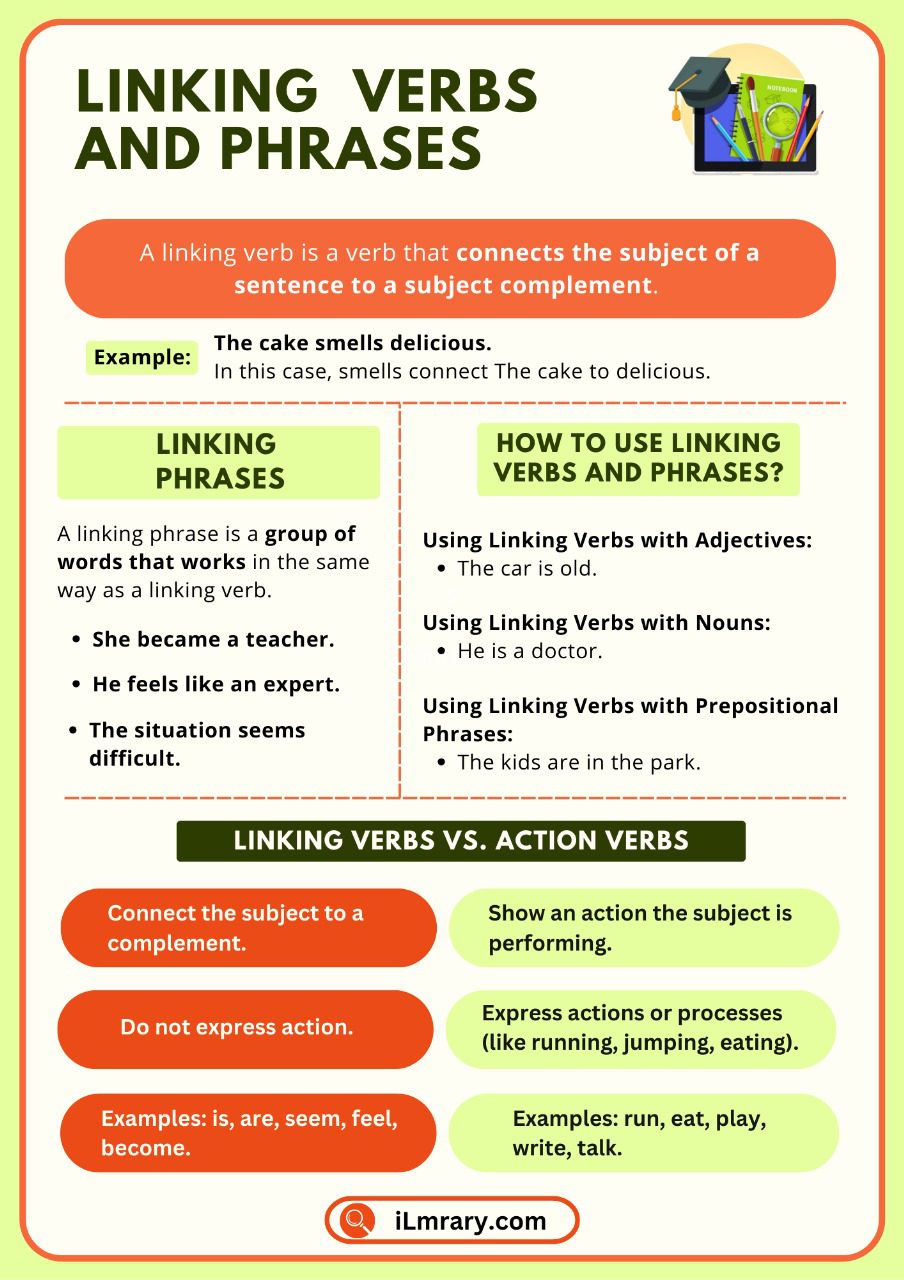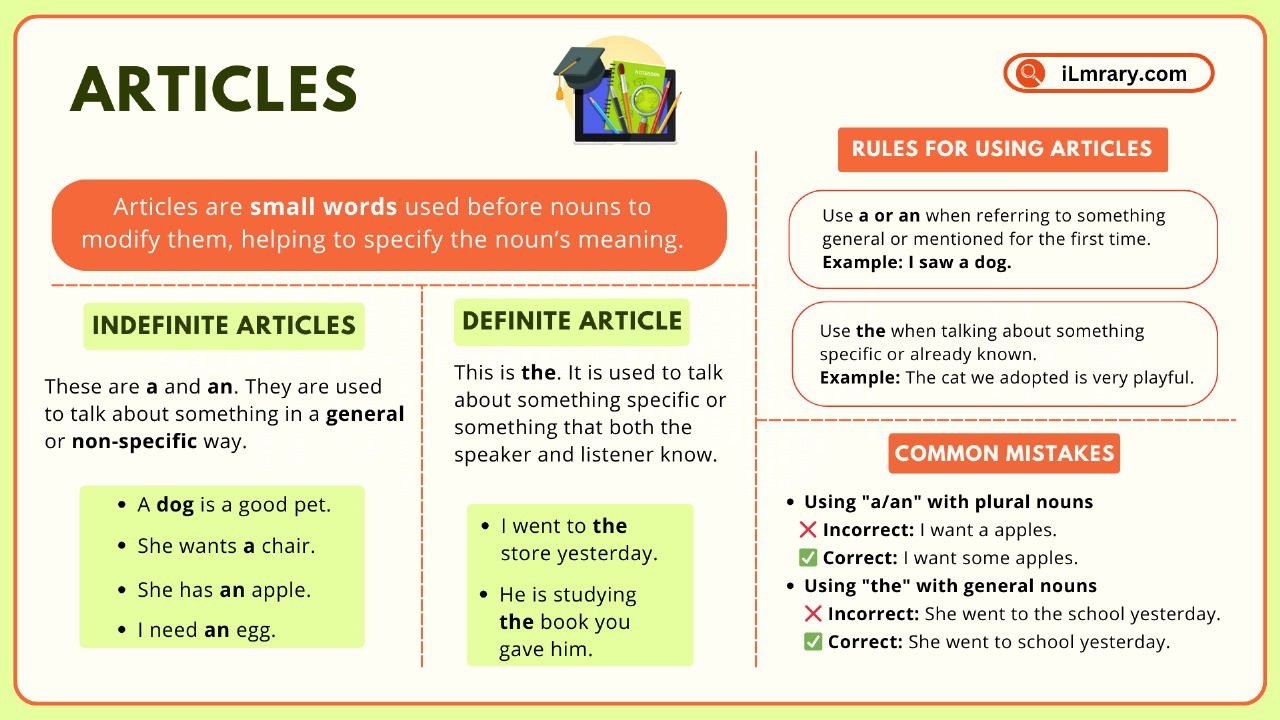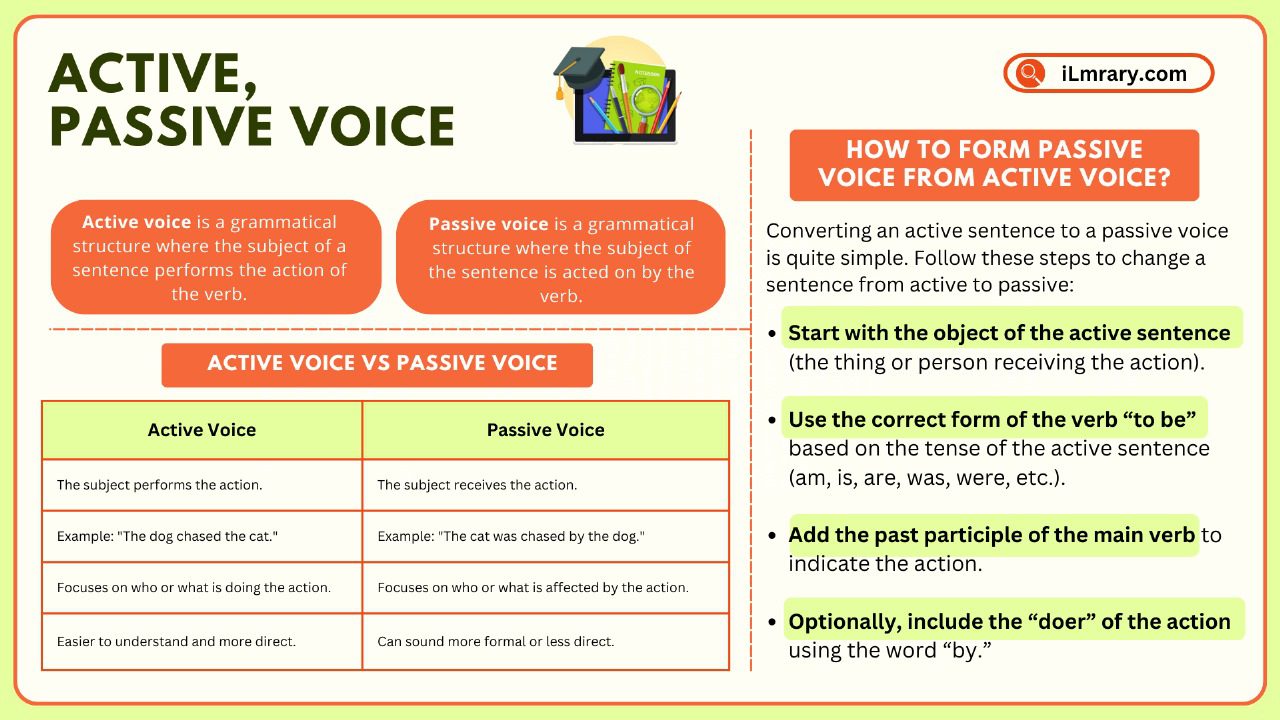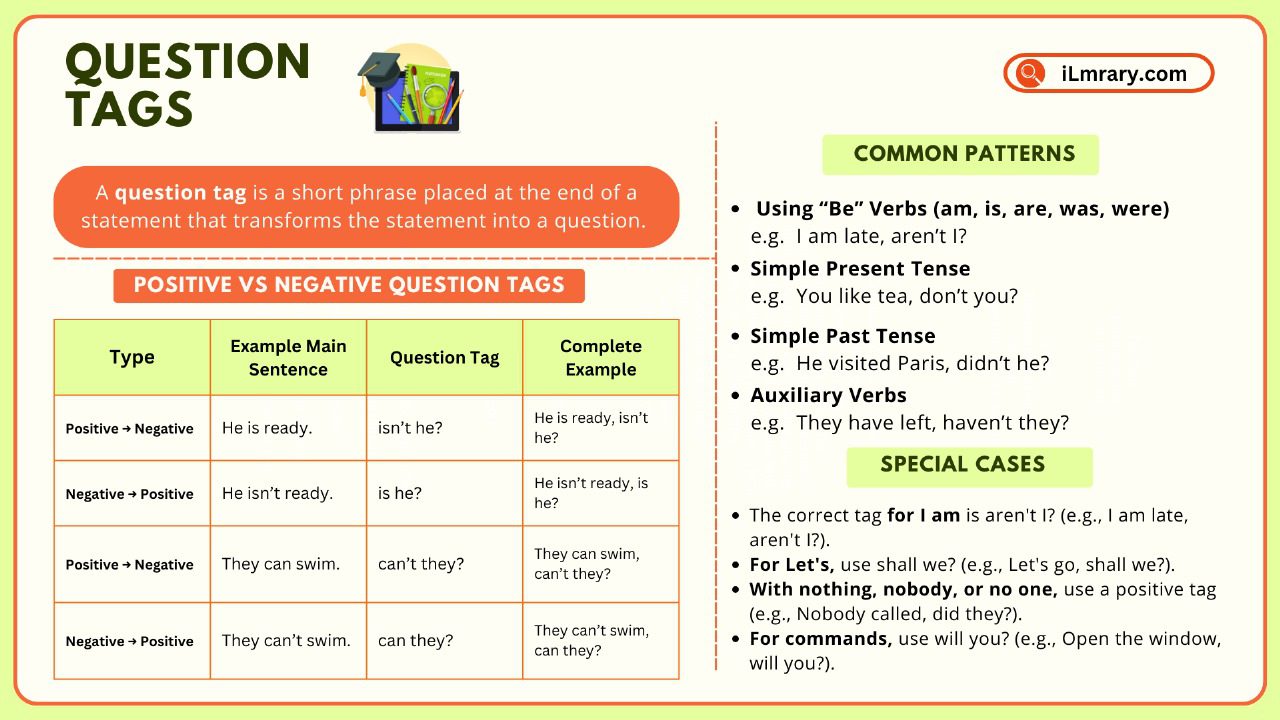Learning English grammar can be difficult at first. One part of grammar that often confuses people is linking verbs and linking phrases. These are important for building clear and complete sentences. So, in this post, we’ll discuss them in simple terms to help you improve your English skills.
By the end of this article, you’ll know exactly what linking verbs are, how they work, and how to use them properly in your sentences.
Contents
What Are Linking Verbs?
Linking verbs are words that connect the subject of a sentence to more information about the subject. These verbs don’t show action but link the subject to a description or an identity.
For Example:
1 – She is happy.
(Here, is links the subject She to the subject complement happy, which describes her feelings.)
2 – The cake smells delicious.
(In this case, smells connects The cake to delicious, which tells you what the cake is like.)
What Are Linking Phrases?
Linking phrases are groups of words that connect ideas or sentences. They help guide the reader or listener from one thought to another smoothly.
For example:
1 – She became a teacher.
(Here, became links the subject She to the complement ‘a teacher,’ which provides more information about what she turned into.)
2 – He feels like an expert.
(In this sentence, feels like links the subject ‘He’ to ‘an expert,’ describing how he is perceived.)
3 – The situation seems difficult.
(Seems‘ links the subject The situation to difficult, which tells you more about the situation.)
How to Use Linking Verbs and Phrases?
To use linking verbs and linking phrases correctly, you need to understand their role in the sentence. They are used to describe or identify something about the subject. Usually, the part after the linking verb (the complement) can be an adjective, noun, or prepositional phrase.
1 – Using Linking Verbs with Adjectives
Linking verbs are often used to connect a subject with an adjective that describes or modifies it.
- The car is old.
(Here, old is the adjective that describes the car.)
- She feels excited.
(Here, excited is the adjective describing her emotions.)
Here, old is an adjective that describes the car, and excited is an adjective that describes her feelings.
2 – Using Linking Verbs with Nouns
Linking verbs can connect the subject to a noun that identifies or classifies the subject.
- He is a doctor.
(Here, doctor is the noun that identifies what he is.)
- They became winners.
(Here, winners is the noun that shows what they became.)
In these examples, the linking verbs “is” and “became” connect the subject to nouns that explain or define their identity or role.
3 – Using Linking Verbs with Prepositional Phrases
Linking verbs can also connect the subject to a prepositional phrase, indicating location, time, or direction.
- The kids are in the park.
(Here, in the park is the prepositional phrase that shows where the kids are.)
- The chair is under the table.
(Here, under the table is the prepositional phrase that tells us the chair’s location.)
Here, in the park is a prepositional phrase that tells us where the kids are, and under the table is also a prepositional phrase that shows the location of the chair.
Comparison Table: Linking Verbs vs. Action Verbs
Before we discuss the comparison, it’s important to understand that linking verbs and action verbs serve different purposes in a sentence. Therefore, understanding these differences can make it easier to choose the right type of verb when forming your sentences.
Now, let’s take a look at a comparison table to see the key differences between linking verbs and action verbs:
| Aspect | Linking Verbs | Action Verbs |
|---|---|---|
| Function | Connects the subject to a subject complement (description, identity, or state). | Shows the action or activity performed by the subject. |
| Example Verbs | is, am, are, was, were, seem, become, appear, feel | run, jump, eat, sing, write, speak, play |
| Describes | Describes or identifies the subject. | Describes an action performed by the subject. |
| Sentence Example | She is happy. (Linking verb connects the subject She with the adjective happy.) | She ran fast. (Action verb describes what she did.) |
| Tense | Can be used in any tense, but does not show an action. | Can be used in any tense to indicate an action. |
| Subject Complement | Usually followed by an adjective, noun, or prepositional phrase. | Not followed by a subject complement. |
How Linking Verbs Improve Sentence Clarity?
Linking verbs help improve sentence clarity by connecting the subject to important details, such as descriptions, identities, or states of being. They make it easier for the reader to understand the subject’s condition, qualities, or transformation without adding extra information or action. By providing clear relationships between the subject and its complement, linking verbs ensure sentences are simple and direct.
For example:
- She is tired. (Clearly shows the subject’s condition.)
- The sky became dark. (Indicates a change in the subject.)
- He looks happy. (Describes the subject’s appearance.)
By using linking verbs, sentences become more precise, focusing on describing or identifying the subject without unnecessary complexity.
FAQs
1 – What is the difference between linking verbs and action verbs?
Linking verbs connect the subject to a description or state, while action verbs show an action that the subject is performing.
2 – Can linking verbs be used in any sentence?
Yes, linking verbs can be used in any sentence where you want to describe or give more information about the subject.
3 – How can I identify a linking verb?
Look for verbs that connect the subject to an adjective, noun, or prepositional phrase that describes or identifies it. For example, is, are, seem, feel and become.
4 – Are there any exceptions to linking verbs?
Some verbs can act as linking verbs in certain contexts and as action verbs in others. For example, ‘feel’ can be a linking verb in I feel happy, but it’s an action verb in ‘I feel the fabric.’
Conclusion
You May also like:


